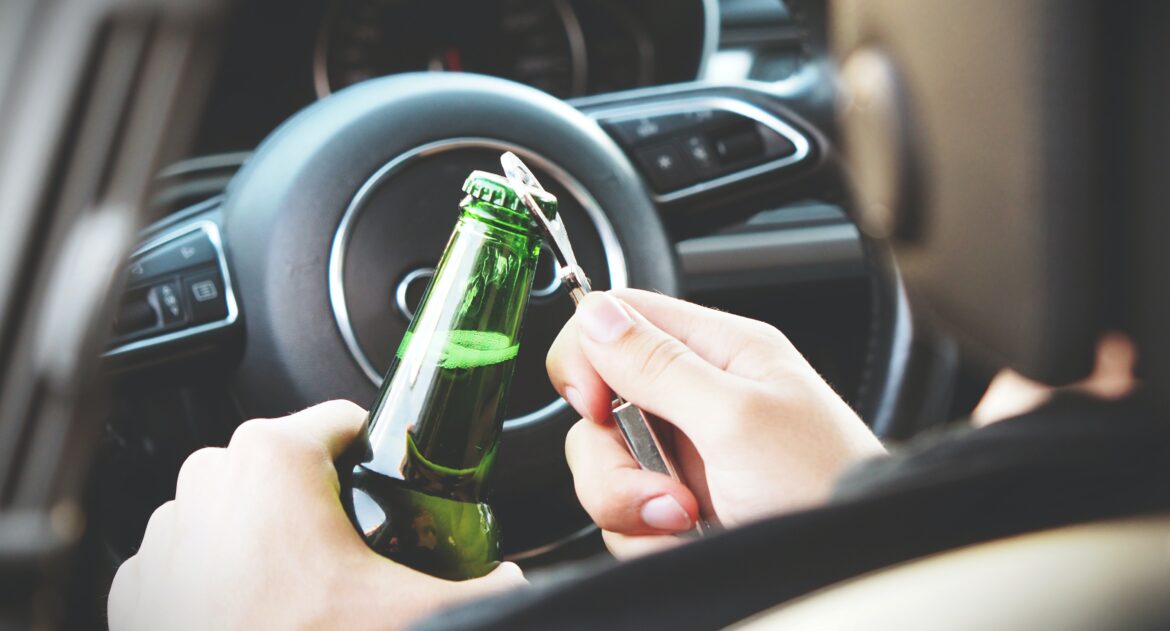Care or Control within the meaning of S. 253 of the Criminal Code was enacted in order to prevent the risk of danger to public safety that normally arises from the combination of alcohol and motor vehicles. In 2012, the Supreme Court of Canada in R v. Boudreault, set out the elements of care and control of a motor vehicle for the purpose of establishing the offence of driving while impaired. The elements of the offence of care and control include the following:
- an intentional course of conduct associated with a motor vehicle;
- by a person whose ability to drive is impaired, or whose blood alcohol level exceeds the legal
limit; AND - in circumstances that create a realistic risk of danger to persons or property
As a Markham criminal lawyer, I know that the key to obtaining an acquittal for a client charged with this offence will turn on my experience and ability to extract all the critical facts from the case to rebut the inference the crown will seek to establish to prove their case. The accused’s intent to drive the vehicle is not necessary in order to make out the offence, as it is more about the use of the vehicle. If it can be shown that the accused had the present ability to operate and manage the vehicle – an inherent risk of danger can be established.
The risk of danger must be realistic and not just theoretically possible. The crown will have to establish not only impairment but also a present ability of the accused to set the vehicle in motion. An inebriated individual who is found behind the wheel and has a present ability to set the vehicle in motion without intending at the moment to do so may still present a realistic risk of danger.
Where there may be no intent to drive the vehicle, a realistic risk of danger may arise in at least the following three ways:
- an inebriated person who initially does not intend to drive may later, while still impaired, change his or her mind and proceed to do so;
- an inebriated person behind the wheel may unintentionally set the vehicle in motion; and
- through negligence, bad judgment or otherwise, a stationary or inoperable vehicle may endanger persons or property.
Markham criminal lawyers can rebut the realistic risk of danger by examining whether or not their clients took care to arrange an alternate plan to ensure their safe transportation home. The impact of an alternate plan depends on whether the plan itself was objectively concrete and reliable and whether it was in fact implemented by the accused.
It is quite likely that if potential clients are found in the driver`s seat of a motor vehicle while drunk they will face the likelihood of a conviction on the basis that they were in care and control of their motor vehicle while impaired.



No Comments